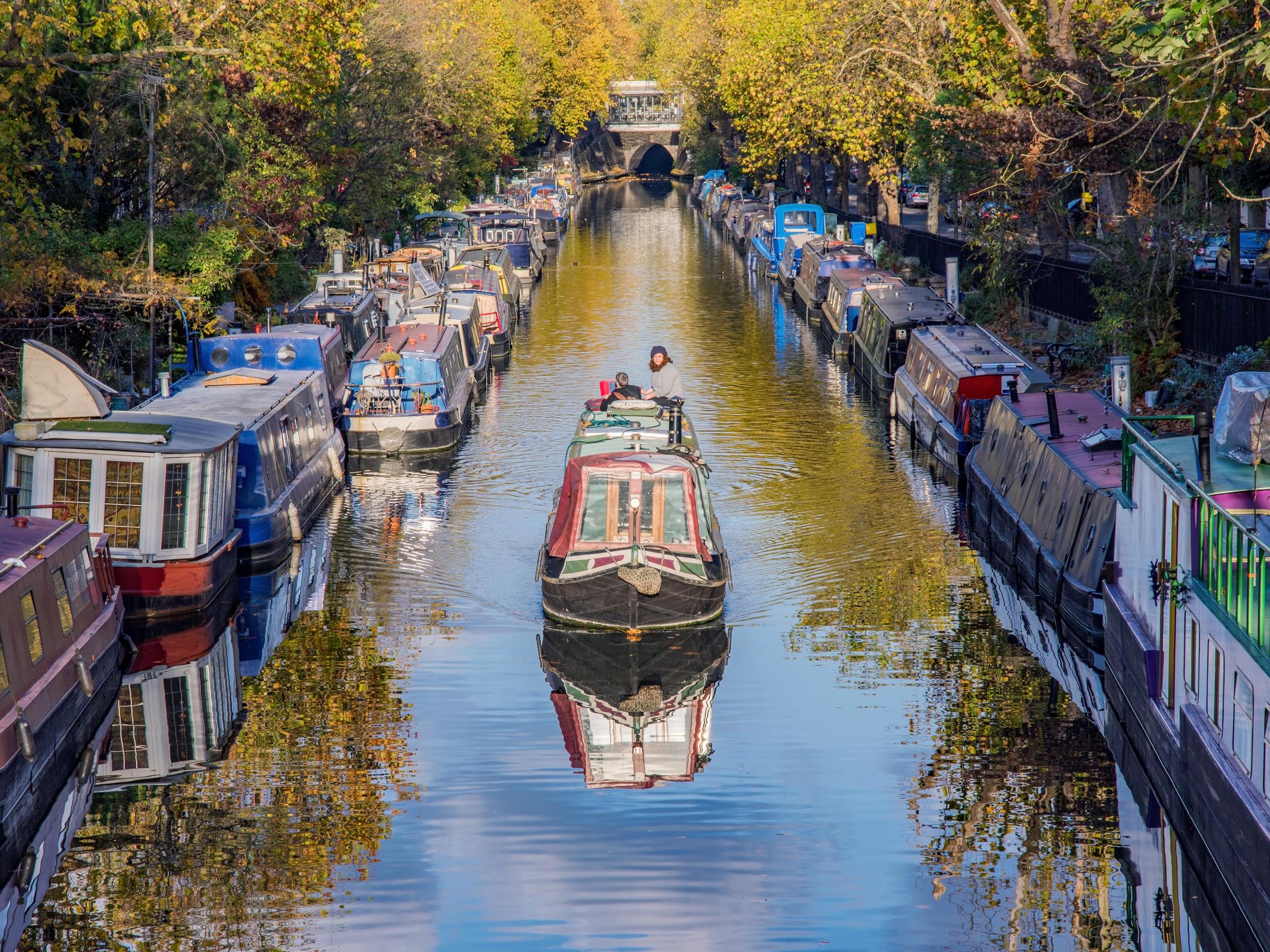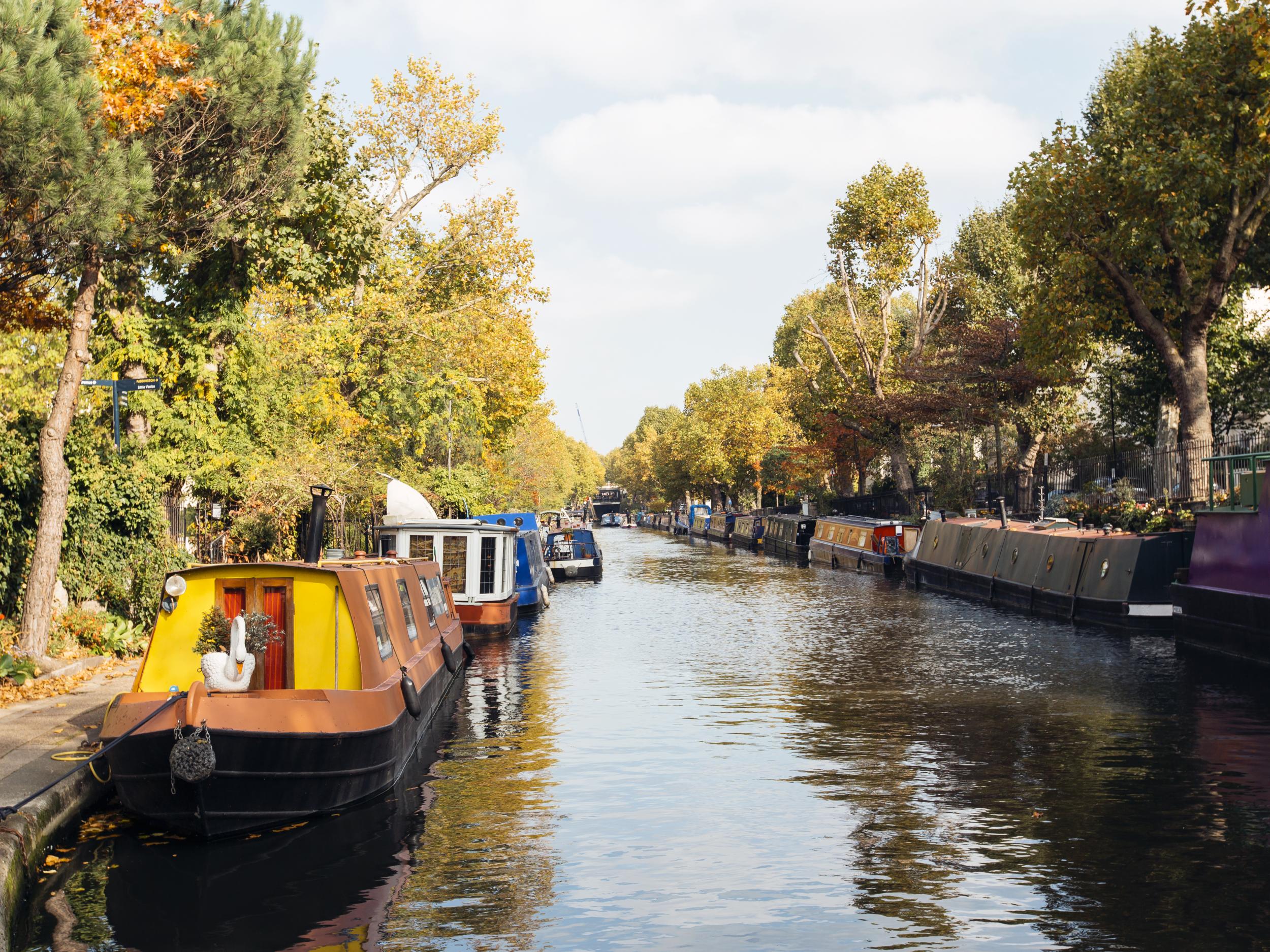Eco-friendly composting toilets already bring relief to big cities – just ask London’s canal boaters
Every day in central London, some 5,000 people manage without access to basic amenities such as piped water, sewerage or electricity

Your support helps us to tell the story
From reproductive rights to climate change to Big Tech, The Independent is on the ground when the story is developing. Whether it's investigating the financials of Elon Musk's pro-Trump PAC or producing our latest documentary, 'The A Word', which shines a light on the American women fighting for reproductive rights, we know how important it is to parse out the facts from the messaging.
At such a critical moment in US history, we need reporters on the ground. Your donation allows us to keep sending journalists to speak to both sides of the story.
The Independent is trusted by Americans across the entire political spectrum. And unlike many other quality news outlets, we choose not to lock Americans out of our reporting and analysis with paywalls. We believe quality journalism should be available to everyone, paid for by those who can afford it.
Your support makes all the difference.Every day in central London, some 5,000 people manage without access to basic amenities such as piped water, sewerage or electricity. They are London’s boaters; the people who call the city’s network of canals and waterways home.
Living on a canal boat is often cheaper than renting a flat, and a growing number of people are being won over by the beauty of the waterways, and the promise of a slower pace of life.
But with no access to the central sewage system, boaters face a question that London’s other residents need never contemplate: what to do with their poo. One option is to use a “pump out” toilet, which stores waste in holding tanks until it can be pumped out into specific sewerage facilities.
Otherwise, boaters can use a “cassette” type toilet, which temporarily stores waste in smaller, portable containers.
These containers can then be taken and emptied manually at Elsan facilities along the canal. This isn’t always an easy task: some boaters report having to ride public transport carrying full toilet containers, in order to reach a functioning facility. And the prospect of waste dumping is a serious environmental and public health concern.
The canal community gets involved with a number of environmentally friendly and sustainable initiatives, including organic vegetable delivery schemes, bike repair shops and floating community barges.
Now, a growing number of boaters have been switching to “composting toilets”, whereby urine and poo are separated and transformed into compost.
As yet, there’s no formal service to collect and treat the waste – although there are plans for a pilot service as part of a start-up green waste collective (of which I am a member). This means the storage, treatment and disposal or reuse of the poo is managed entirely by the boater.
Composting toilets resemble EcoSan sanitation systems, which are designed to recycle the waste materials. EcoSan is currently being implemented in small-scale urban pilots in the Philippines, Haiti, India and Kenya as a cost-effective alternative to water-based sewage infrastructure.

But some think the technology is outdated, or only relevant in rural areas where the compost can be used on the land.
Beyond these schemes, there are few examples of alternative sanitation systems working at scale in cities – aside from London, that is.
So, as part of my PhD research, I hosted two workshops, where I interviewed the people who use and manufacture composting toilets, to find out the challenges and benefits of using this type of system in the city. I also analysed threads from relevant online forums.
During the workshops, users told of their experiments with different cover materials, composting, temperature regulation, and the challenges of teaching themselves and visitors how to use the toilet properly.
From my results, I estimate that around 500 individuals, or 10 per cent of the canal boat community, currently use some type of composting toilet.
Practically speaking, lower costs and the ability to store and dispose of the waste themselves encouraged many boaters to make the switch. The main challenges of using composting toilets are occasional blockages of the urine diversion system, and spillages when emptying the toilet.
Having certain design features, such as anti-microbial coatings, and learning how to use and manage the toilet properly, helped to minimise accidents.
Remembering to cover composting waste with wood shavings or coconut coir is essential to keep odours at bay, and to ensure the poo can eventually be used as a compost material.

Because of the lack of a specialised collection service, some boaters keep their compost on board the vessel, while others “bag and bin” their poo, double sealing it in a plastic bag and disposing of it in municipal waste bins.
Although boaters recognised the latter option was less environmentally friendly, they still preferred it to their experiences with chemical cassette and pump-out toilets.
The unregulated disposal of urine onto green spaces was a source of shame for several of my respondents, who found it challenging to find alternative facilities for urine disposal along the canal side.
Despite these issues, I found that the boaters had an overwhelmingly positive attitude towards their composting toilets. One went so far as to say that their toilet “smells like a woodland walk in autumn”, hinting at the strong connection with nature, which many boaters hold dear.
Another interviewee stated, “I think … [poo] should be going back to the soil. That seems to be the right motivation for it. If you’re talking about a full cycle, it makes more sense to me that it goes back and nourishes the soil.” It’s a view widely shared by other boaters.
The boaters’ confidence and ability to cope with challenges are promising signs that composting toilets could work on an even larger scale. But regulatory bodies, such as the Canal and River Trust, need to be on board.
If boaters and authorities can work together to safely manage and promote composting toilets, it could have major consequences for the 5.4 million people around the world who don’t currently have access to proper sanitation.
Despite the fact that underground sewers require huge capital investments to be built, governments often seem unwilling to try alternative sanitation solutions, which are seen as backward, unsafe or undesirable for residents.
Of course, there are lots of differences between cities such as London, and places where the sanitation challenge is greatest. But our case study shows that composting toilets can offer a safe, effective and even desirable way to dispose of human waste.
is a PhD candidate at University College London. This article was originally published on TheConversation.com
Join our commenting forum
Join thought-provoking conversations, follow other Independent readers and see their replies
Comments